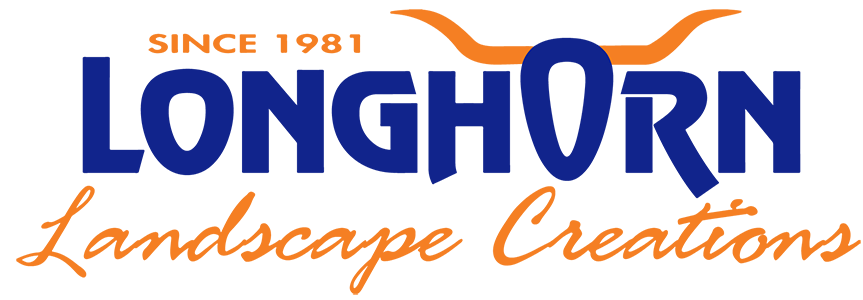Fertilization in Frisco
The process of picking out lawn fertilizer at a store is often confusing, especially if you are new to lawn care. At Longhorn Landscape Creations, we have noted common issues and misconceptions that people have. To clarify any you may be dealing with, here is a look at the main nutrients and best practices involved in lawn fertilization.
Ensure Your Property Gets the Nutrients It Needs!
The most important three numbers are the numbers on bags of fertilizer. They tell you how much of the three macronutrients, nitrogen, phosphorus and potassium, are in the bag. They are represented in that order and by percentage of weight. So, for instance, if you look at a bag that weighs 25 pounds and the first number, nitrogen, is 10, then the bag holds 2 ½ pounds of nitrogen. Likewise, if the bag weighs 60 pounds and the number for nitrogen is 10, the bag has 6 pounds of nitrogen.
Fertilizer in a bag that reads something like 21-0-0 is made up of 21 percent nitrogen and 0 percent phosphorus and potassium; much of the bag is filler. Lawns require more nitrogen than phosphorus and potassium, so it’s common to see bags ending in 0-0 for the last two numbers. Other nutrients that often go into fertilizer include calcium, sulfur and carbon.
Lawn Fertilization Best Practices
When you (or an outside business) perform lawn fertilization, there are a few practices to follow. These practices are environmentally friendly, for example, keeping the water supply more pristine. They are also better for your lawn in general.
- Keep fertilizer on your lawn. Some types of fertilizer, such as granular, have the tendency to wander onto sidewalks and decks. If this occurs, use a broom or blower to return the fertilizer to your lawn. When you are filling your spreader to fertilize large areas, do so on a tarp so that it can catch spilled fertilizer. And if you accidentally dump fertilizer on your lawn? Spread it out as much as you can with a broom. Spread again in a few days.
- Perform a soil test on your lawn to ensure your lawn gets only the nutrients it needs. You can ask an accredited lab to do it; we are also an option.
- Remove dog waste and other pet waste as quickly as possible. The bacteria and nutrients in the waste have the potential to cause harm to the lawn.
- Watch for fragments such as twigs, clippings and leaves in ditches, brooks, lakes and other water sources. In addition, put lawn clippings back on the lawn for better nutrition.
- Put fertilizer on the perimeter of the lawn and then move back and forth in a regular pattern. Overlap each route a bit so that all areas receive even amounts of fertilizer.
Improve The Appearance of Your Grass with Longhorn Landscape Creations
Of course, there are many other issues involved in fertilization, for example, whether to go with organic or chemical fertilizer. Contact us at Longhorn Landscape Creations today so we can talk about your needs. Lawn fertilization is a key step in the overall health of your lawn ecosystem and is worth careful attention.
